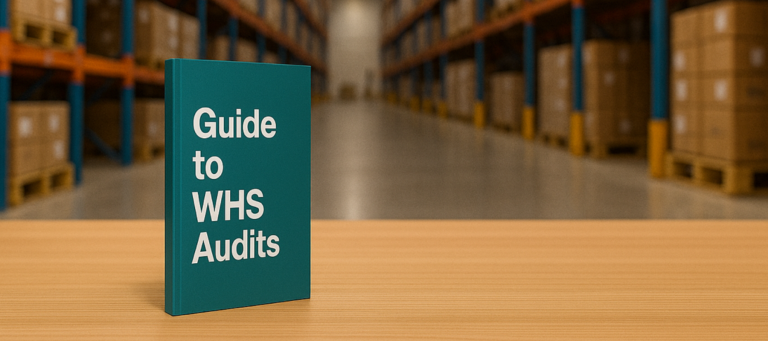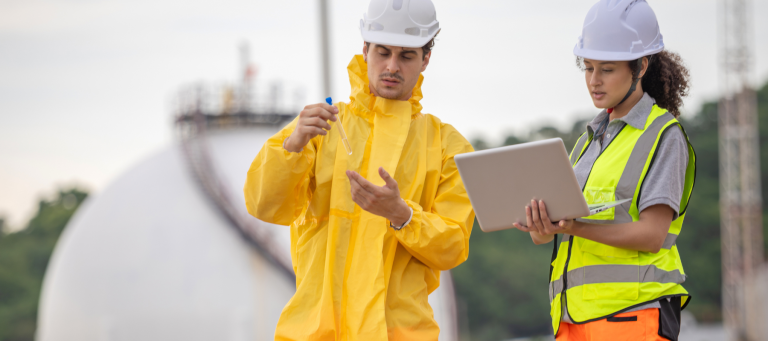From 1 December 2025, Victorian businesses face new legal obligations under the Occupational Health and Safety (Psychological Health) Regulations 2025. These regulations mark a significant shift, recognising that psychosocial hazards, such as: bullying, high job demands, and poor support, are just as critical as physical risks in the workplace.
For employers, understanding and implementing effective psychosocial risk assessment is now essential to protect staff wellbeing and remain compliant. This update is not just a legal requirement; it’s a vital step towards building healthier and safer workplaces.
Key Updates: What you need to know about!
1. Definition and Scope
Psychosocial hazards now formally include factors such as work load, support, change management and workplace interactions, that may cause negative psychological responses. Workplaces are also now expected to ensure they consider controls that either eliminate the risks or redesign the work, systems and processes.
2. Your duties as an employer
- Identify psychosocial hazards in the working environment.
- Assess the risks associated with these hazards.
- Implement controls to eliminate or reduce risks as far as reasonably practicable.
- Review and revise risk control measures regularly, especially after incidents or when new information arises.
3. Consultation Requirements
- Employers must consult with employees and HSRs on health and safety matters, including psychosocial risks.
- Consultation must also include independent contractors and their employees, where relevant.
4. Risk Control Measures
Priority is given to eliminating hazards. If not practicable, risks must be reduced by:
- Altering management of work, plant, systems of work, work design, or workplace environment.
- Using information, instruction, or training (but not as the sole or predominant control unless no other options are practicable).
- Usually, a combination of controls is required.
5. Issue Resolution Procedures
Formal procedures for reporting and resolving psychosocial health and safety issues are established, including:
- Notification and involvement of HSRs and committees.
- Written records of issue resolution agreements.
- Communication of outcomes to affected employees.
6. Review of Controls
Employers must review and, if necessary, revise risk controls:
- Before changes to work processes or systems.
- When new information about hazards emerges.
- After incidents or upon request from HSRs.
7. Extension to Contractors
All duties and procedures apply to independent contractors and their employees, not just direct employees.
What does this mean for your business?
The new regulations mean businesses must take proactive steps to identify, assess, and control psychosocial hazards. Compliance is no longer optional, and employers must demonstrate a structured approach to psychosocial risk assessment, ensuring risks are managed and reviewed regularly.
This affects all organisations, from small businesses to large enterprises in many industries, and extends to independent contractors and their teams.
Here is what you need to focus on:
- Integrate psychosocial risk assessment into existing safety management systems.
- Consult with employees and health and safety representatives about psychological health risks.
- Implement and maintain adequate risk controls, tailored to their specific workplace context.
Building a safer workplace: Action Minds
At Action OHS Consulting, we understand that navigating and implementing new regulations can be challenging. That’s why we’ve developed Action Minds, a comprehensive psychosocial risk assessment service designed to help businesses embed these regulations into their operations.
Action Minds is a structured risk assessment process that identifies psychosocial hazards, analyses how these hazards become risks for your staff, and develops risk reduction controls tailored to your unique workplace. Our approach ensures that psychosocial risk assessment is not just a tick-box exercise, but a meaningful strategy for improving staff wellbeing and organisational performance.
How can my business benefit from this service?
Action Minds is for everyone. We work with companies in any industry, customising the size and scope of each project to meet your needs. Whether you’re a small business or a large enterprise, our psychosocial risk assessment delivers workplace-specific controls that reduce risk and support compliance. Here is a sneak peek of what you will get:
- Detailed understanding of psychological risks: Action Minds provides a clear diagnosis of psychosocial hazards, enabling targeted interventions.
- Detailed Insights: To understand how risks affect your business and how to measure success.
- Actionable, workplace-specific controls: We deliver practical recommendations that make a real difference to staff wellbeing and organisational outcomes.
So, what are the next steps?
With the introduction of the new Victorian regulations, psychosocial risk assessment is now a cornerstone of workplace safety. Action OHS Consulting empowers businesses to meet these requirements, protect their people, and build a safer workplace.
Get a free discovery call with one of our trusted advisors today to learn how we can help you navigate these changes and embed effective psychosocial risk assessment in your workplace.






